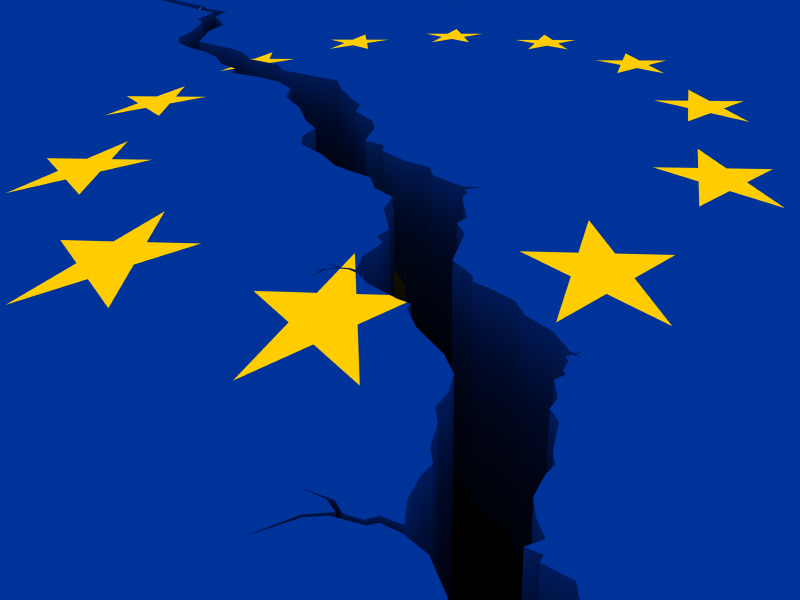The European Commission recently presented a report proposing five different visions for what the European Union might look like in 2025. The report took center stage at the EU Summit in Brussels alongside issues of migration, security, defense and the economy. Along with suggesting that member states could integrate at different speeds, the white paper raised the possibility that the EU could reverse much of the path it has traversed since its inception.
Comment:
It has been a difficult few years for the EU. Integration and convergence was the order of play for decades, but much of this is now under threat of being undone. Since the bloc’s inception six decades ago, its goal has always been to progressively delegate national policy decisions to supranational authorities. Every institutional reform since the 1950s furthered this goal, giving Brussels more responsibilities. Though EU officials have said they oppose weakening the supranational institutions, the white paper nonetheless speaks volumes about how things have changed in Europe.
The report speaks volumes about the future of the EU, but it should be remembered that the EU has already tried many of the ideas outlined in the white paper. Integration in the bloc has always been moving at multiple speeds for decades. Some members use the euro as their currency, while others don’t. Some are members of the Schengen Agreement allowing passport-free movement, while others are not. And some countries are exempted from participating in EU structures on domestic affairs and security cooperation. But prior to the white paper’s publication, the bloc’s central expectation was that all EU members would converge one day, even in the distant future.
The white paper indicates the EU has now formally accepted that the convergence may never happen. Just a year ago, former British Prime Minister David Cameron said in negotiations with Brussels that he wanted the United Kingdom to be excluded from its goal of an “ever closer union.” In the wake of the Brexit referendum, EU leaders have admitted that the principle is unrealistic. The European Union has often faced accusations that it is inflexible and hasn’t adapted to the changing social, political and economic environment. The white paper is an attempt at pragmatism. It could even mark the start of the bloc’s first concerted effort to manage — rather than deny — its fragmentation.
The reactions to the white paper are very revealing. The countries with large economies in the eurozone’s core, including Germany, France and Italy, expressed support for a “multispeed Europe” in which some members can move ahead with deeper integration even if others opt out. Countries in Central and Eastern Europe, on the other hand, warned against the danger of separating the European Union’s core from its periphery. Countries such as Poland and Hungary, for all their criticism, still see the European Union as a vital source of funding and protection. And although they have faulted the European Union and demanded that Brussels return decision-making power to national legislatures, they are troubled by the idea that the EU core could increase integration without them. The possibility that Germany or France could coordinate their policies toward Russia, for instance, without consulting the rest of the bloc is particularly disconcerting for former East bloc countries such as Poland or Romania.
The white paper confirms that the bloc isn’t just moving at different speeds but they are moving in different directions. The global financial crisis and the immigration crisis exposed the European Union’s internal shortcomings. The rise of nationalist and Euroskeptic sentiments across the Continent has forced EU members and institutions to come to grips with the fact that the dream of a federal Europe may never come true.
Adnan Khan

